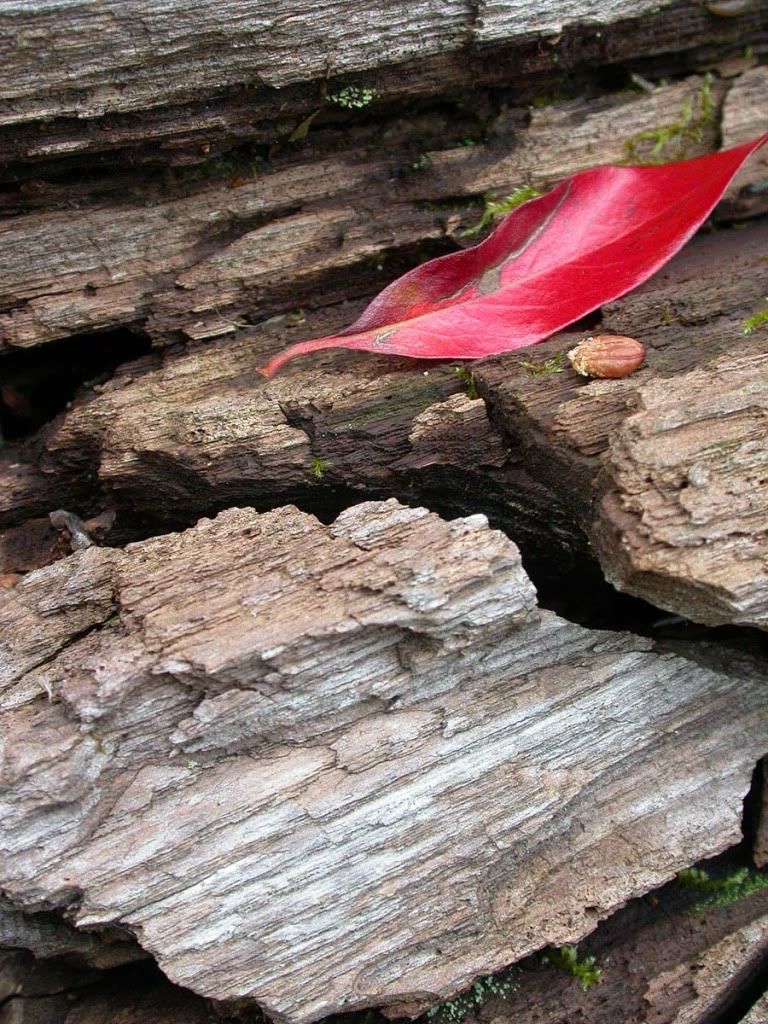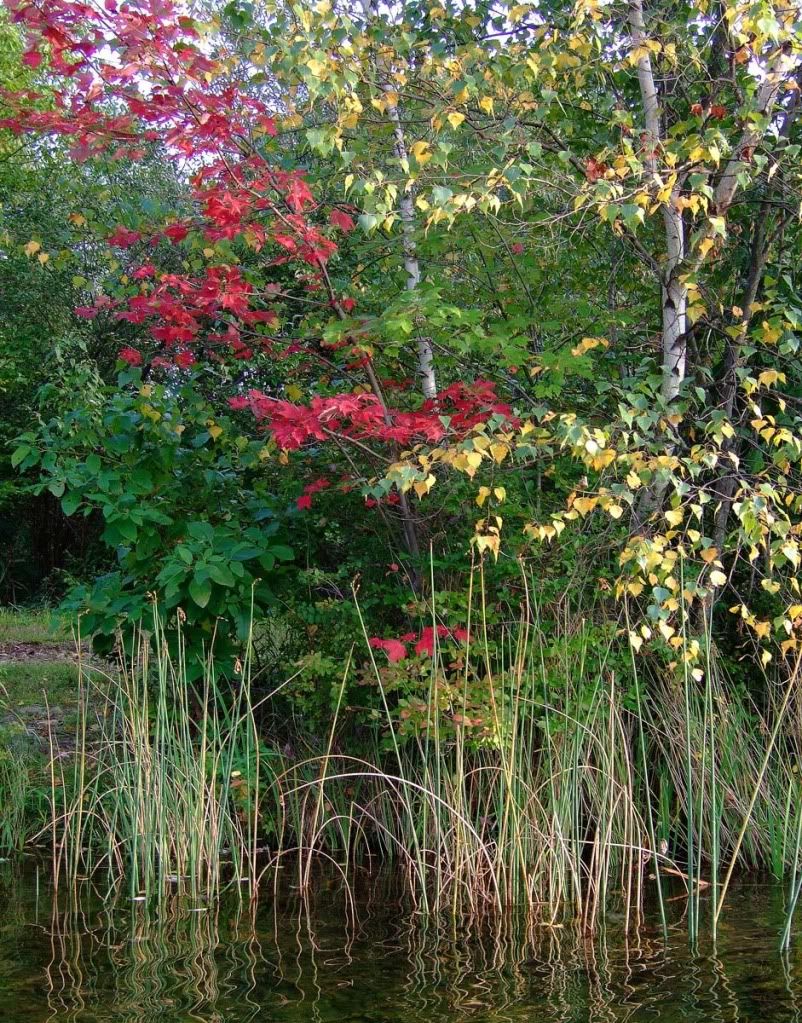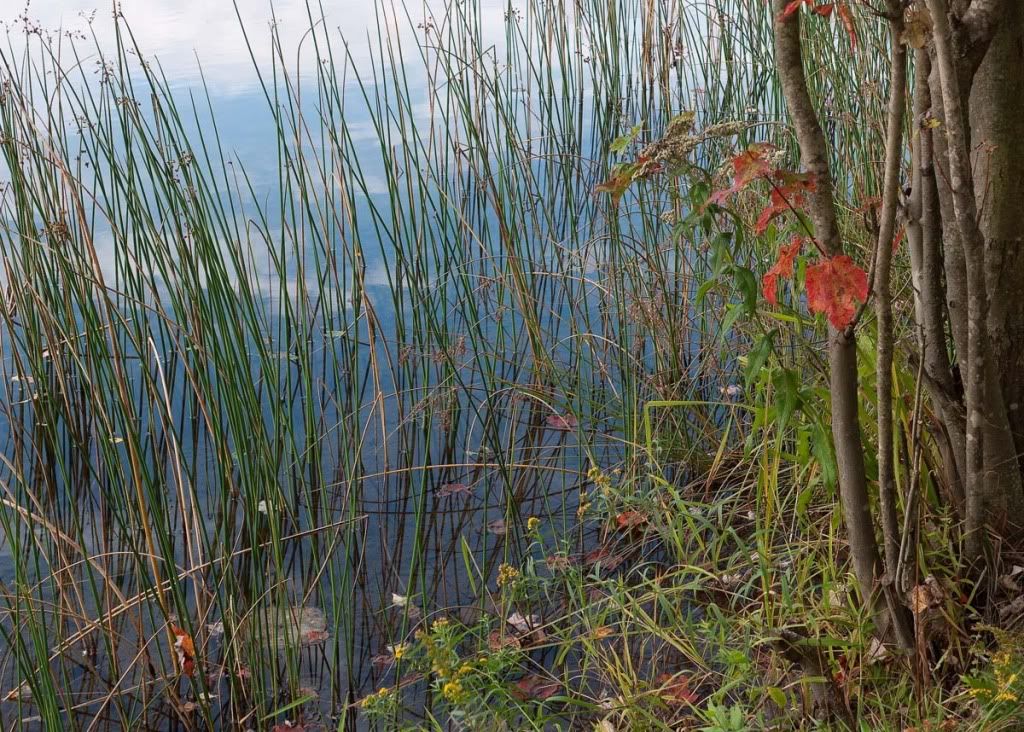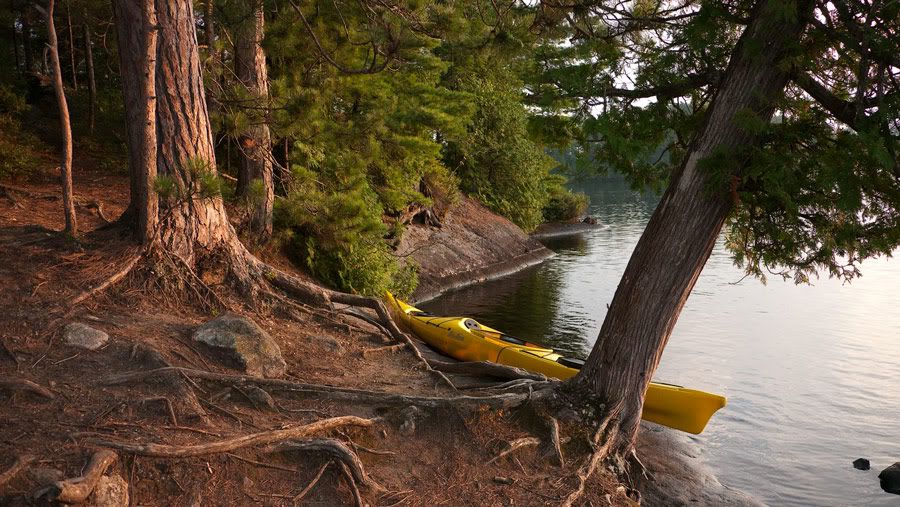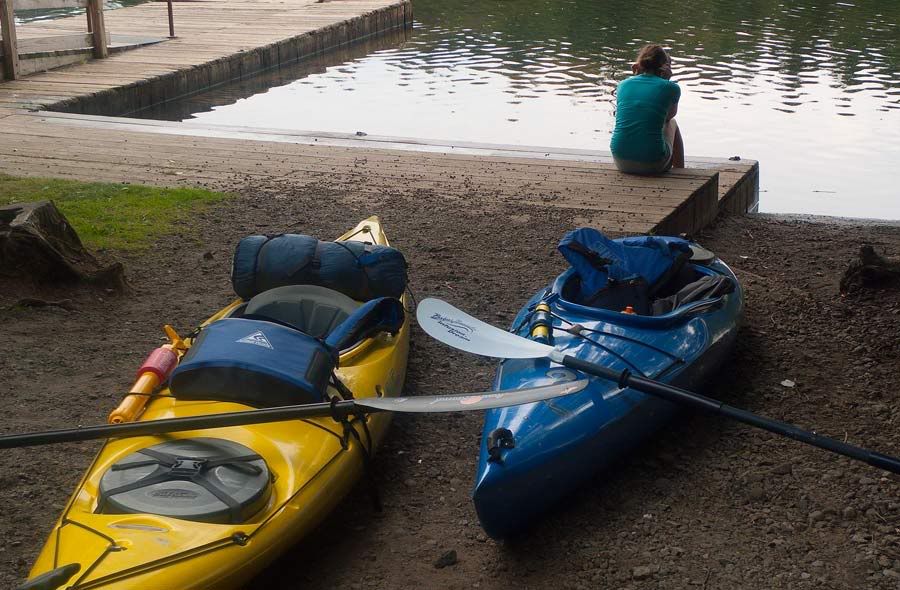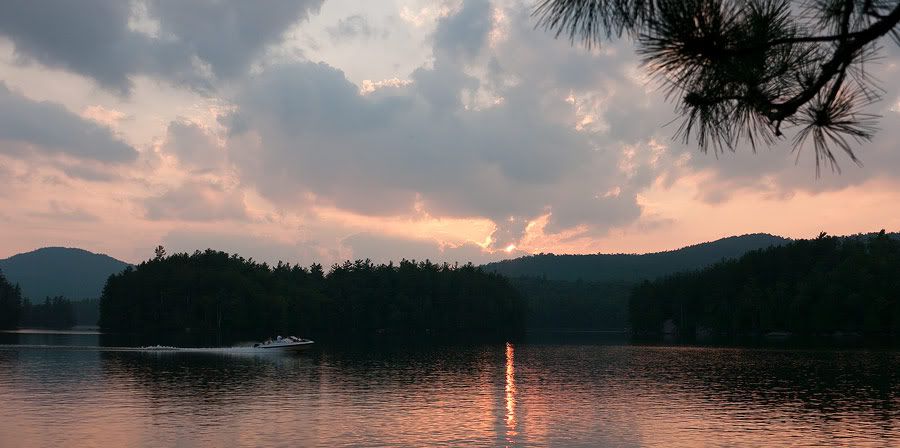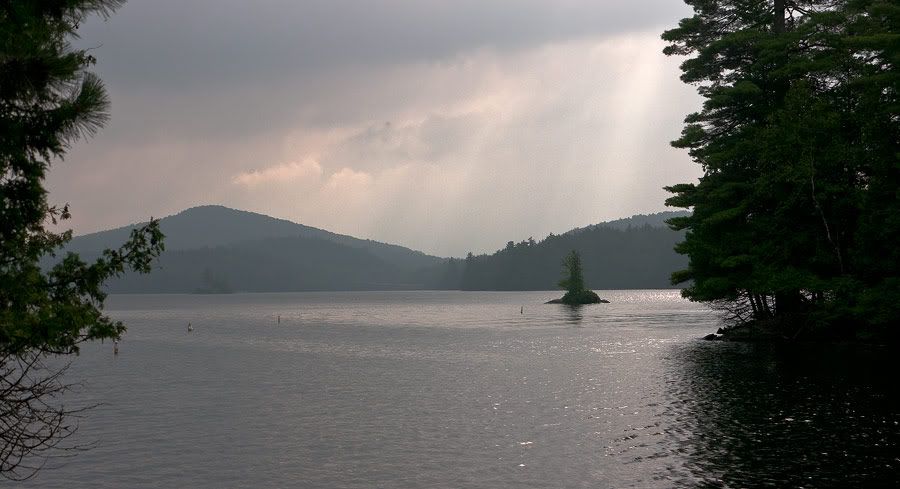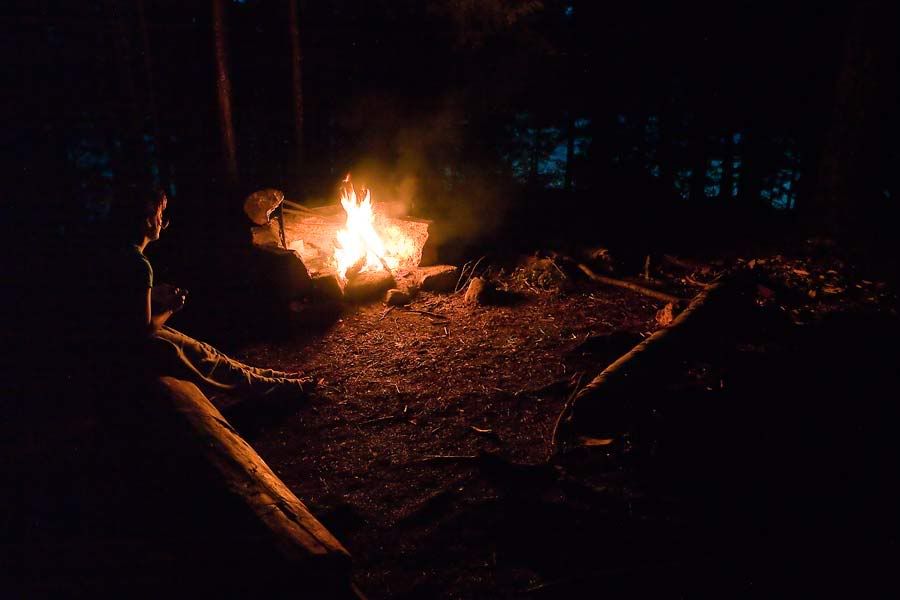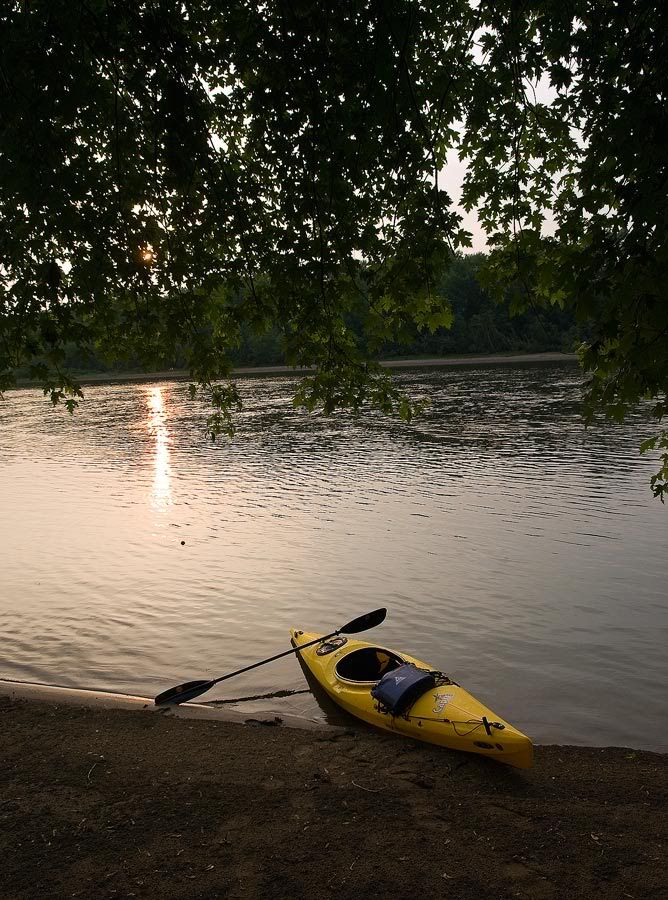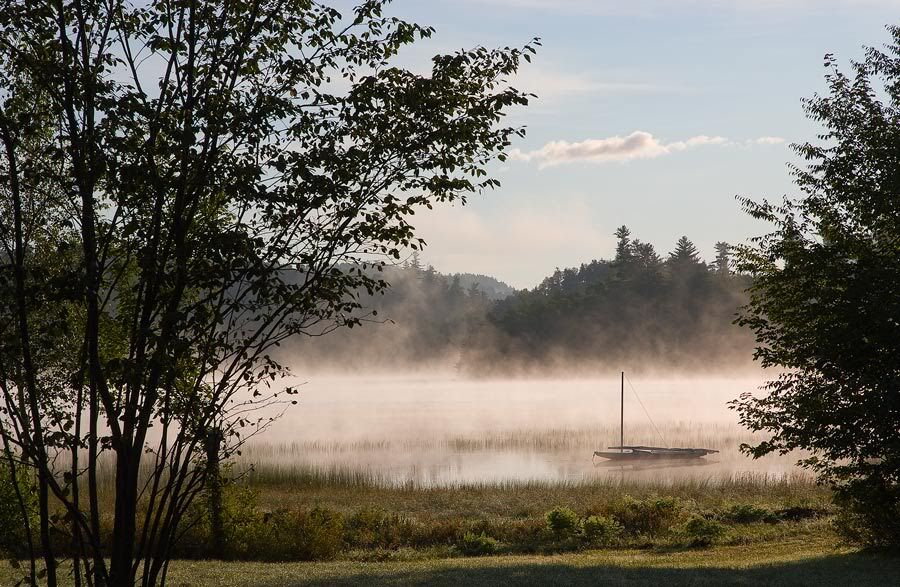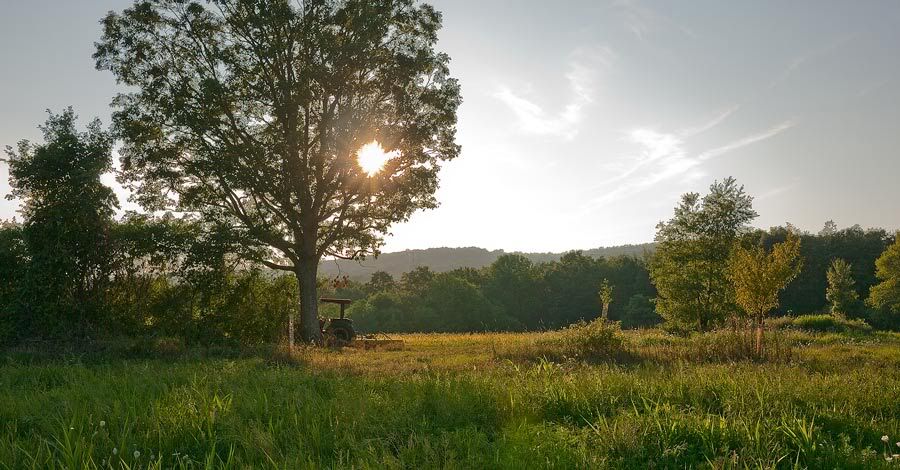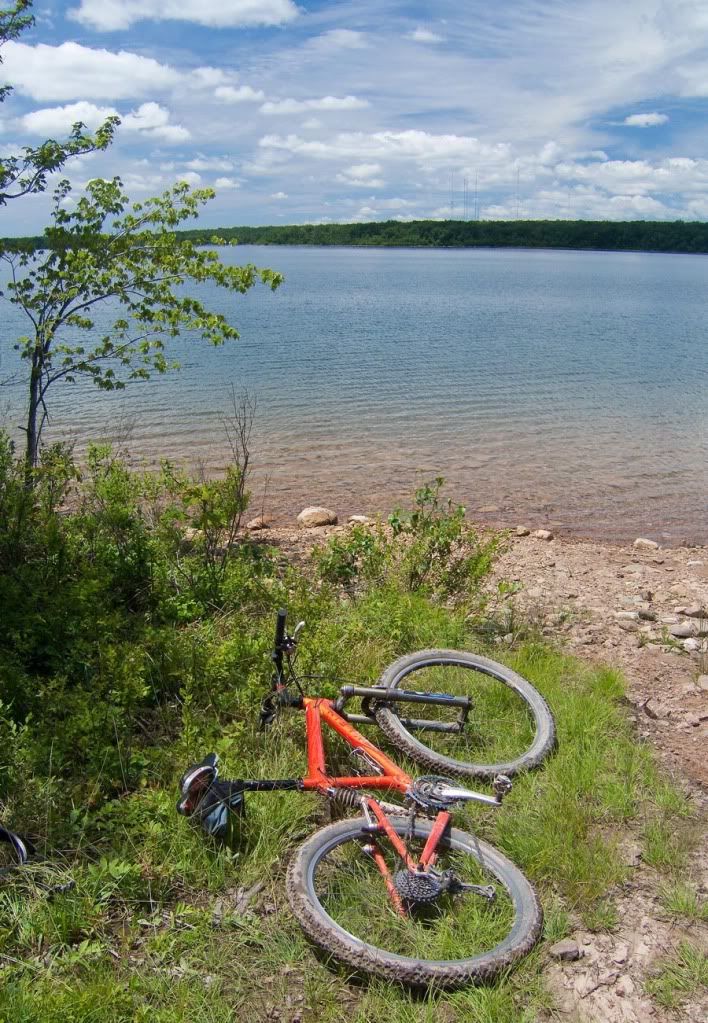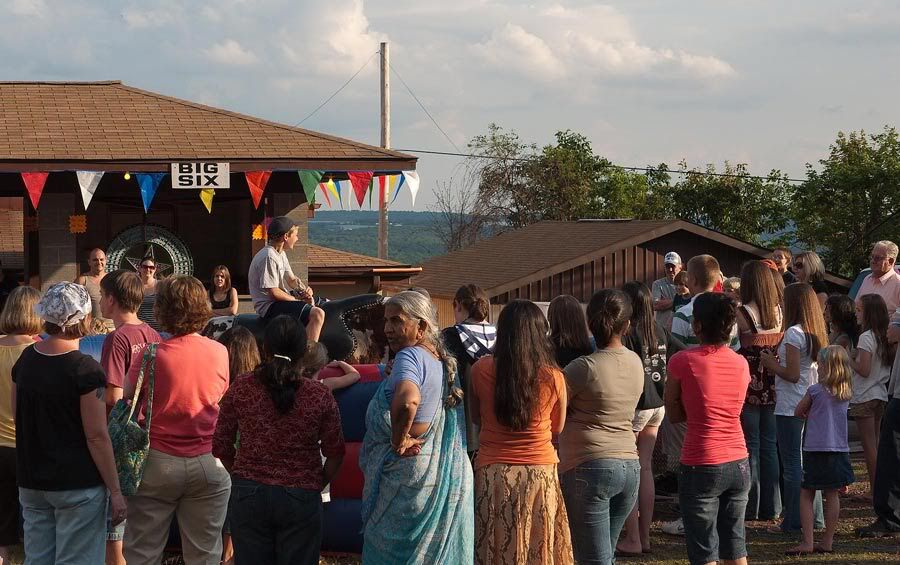Certainly one of the most beautiful, and unique compositions of the traditional Christmas songbook is the lovely: Have Yourself a Merry Little Christmas, penned by songwriting team Hugh Martin and Ralph Blaine (though Blaine’s actual contributions to this particular song are in doubt).
The song was written for the MGM musical Meet me in St Louis which was an adaptation of a Broadway musical of the same name.
The interesting history of the song is worth reviewing. In the movie, the song is sung by older sister Esther (Judy Garland), to younger sister Tootie (Margaret O’Brien). It is offered in an effort to cheer the five-year-old, who is positively despondent at the prospects of moving from their home in St Louis, where they are extremely well established, to New York City.
The first version offered to movie’s producers was to say the least, rather dark:
Have yourself a merry little Christmas, it may be your last,
Next year we may all be living in the past
Have yourself a merry little Christmas, pop that champagne cork,
Next year we will all be living in New York.
No good times like the olden days, happy golden days of yore,
Faithful friends who were dear to us, will be near to us no more.
But at least we all will be together, if the Lord allows,
From now on we’ll have to muddle through somehow.
So have yourself a merry little Christmas now.[5]
As the tale is told, many of those involved with the movie including Ms. Garland herself balked at using these less-than-cheery lyrics. Reluctantly, Hugh Martin reworked the lyrics to the version Ms. Garland eventually sang in the 1944 release.
Released as a single, the song understandably became a sentimental favorite among troops overseas. Still the song failed to achieve the success and notoriety of the movie’s big hit: The Trolley Song.
The song was not exactly forgotten afterwards but a glance at the list of those who recorded it shows that between 1944 and the early 1960’s there was a decided lack of interest among singers for Martin’s tune.
One person who was interested was Frank Sinatra. He first recorded the” Garland” lyric in 1947 on Columbia Records.
In 1957 contemplating song choices for his album, A Jolly Christmas, Frank, now with Capitol records, is said to have decided that the song was still too dark. He asked Hugh Martin, who must have been weary of this, to rewrite it again. The composer again complied, among other things, purging the song of the “muddle through” line, substituting the “Hang a shining star above the highest bow” lyric that most of us, I think, sing today.
A Jolly Christmas was rereleased in 1963 as The Sinatra Christmas Album, with the song intact. You’ve all heard it; it’s the one everyone plays. Personally, I don’t like this version nearly as much as the 1947 version, which is beautifully sung, much less syrupy, and most important,lacks the annoying background singers. You can find it here, but I’m not posting it.
Here’s the 1947 version:
Another glance at the recording history shows that, starting in the early sixties, singers interest in the song began to increase: on the strength of the latest”Sinatra” lyrics it became the Christmas standard it is today.
In article from the San Diego Union-Tribune dated 12/14/10, the 96-year-old writer has apparently gotten over whatever writer’s regret he felt about the multiple edits. He describes the success of the song as: “out of this world exciting.”
Now, here’s Judy Garland and little Margaret O’Brien. As a physician, I am concerned that little “Tootie”, is seriously depressed:
(It won’t embed, so click in the middle)
As if this weren’t enough, Martin, who worked later in life as an accompanist for Christian ministries, wrote an entirely new set of lyrics entitled: Have Yourself a Blessed little Christmas.
It is lovely song, but in the long run, among all the iterations, I prefer the “movie” version which has the right mix of pathos and hopefulness.
At any rate, gotta go, still gotta shop.
To all of my faithful readers… do what the song says, and have a happy New Year as well.
P.S. The printer’s still here, as yet unopened.

